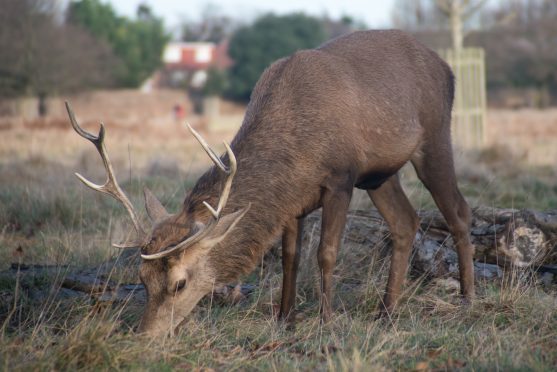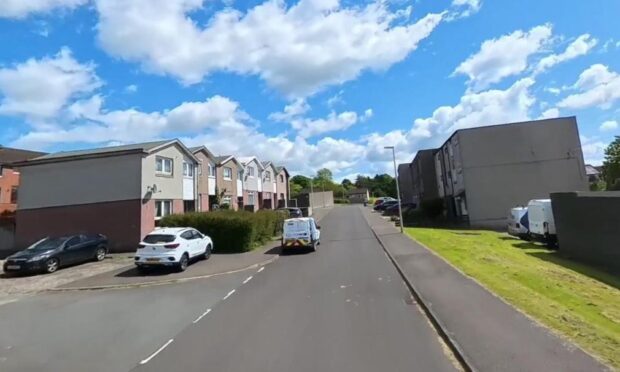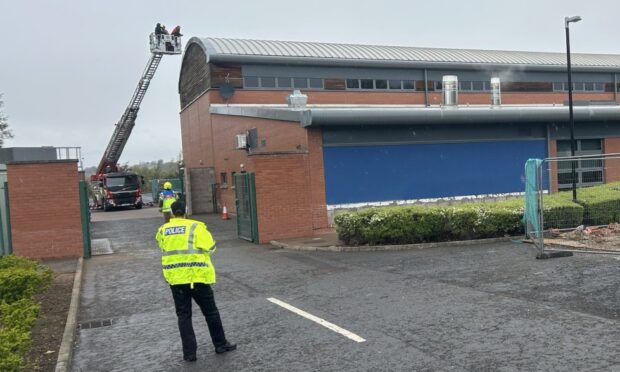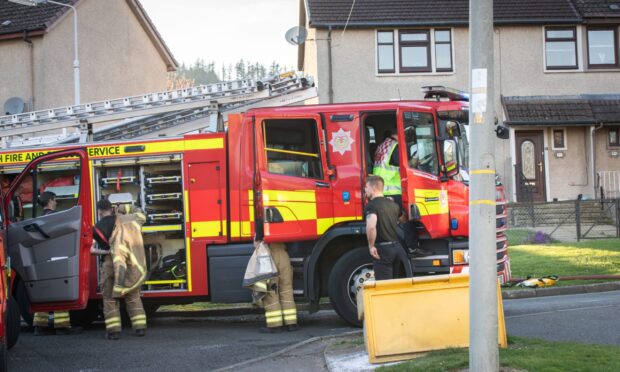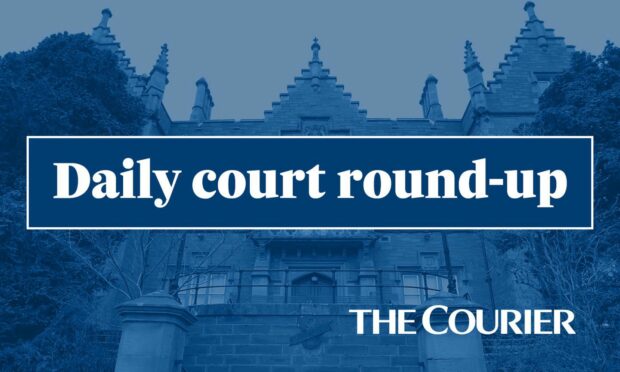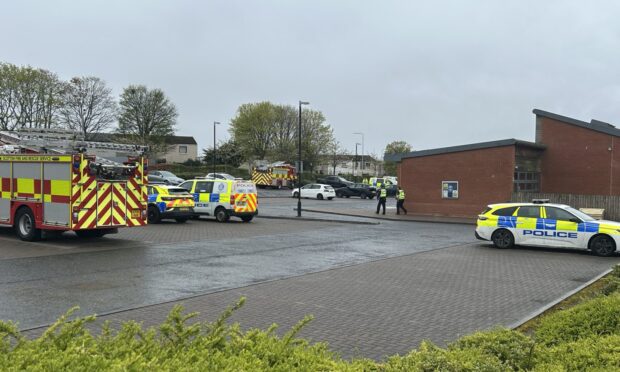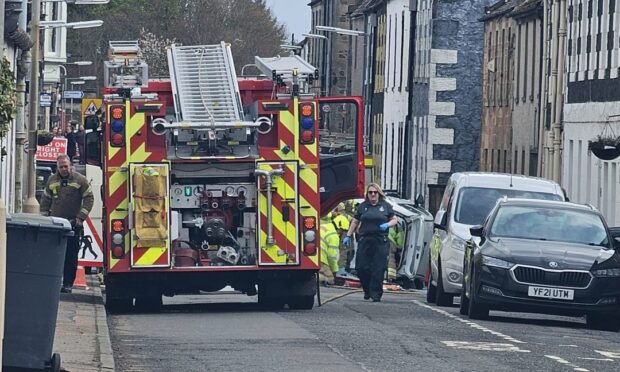A Kirkcaldy mother has called for measures to stop the spread of deer into towns after her daughter contracted Lyme disease from a tick bite.
Lara Smith, 31, wants more vigilance following her five-year-old girl’s experience earlier this month, which could have a lasting impact.
Mrs Smith, who lives in Dysart, is convinced the deer tick bite coincides with a marked increase in urban deer, which are regularly seen in gardens open spaces.
She said: “This is totally shocking. I keep a clean home and we had not been out in any woodland areas where we may have come into contact with a tick, and we are not in a high risk area in Kirkcaldy.
“But these deer are bringing with them this disease which can be quite serious if left untreated.
“Most of us have seen deer along the Standing Stane Road, both myself and my neighbour have had a deer or two in our back gardens along the railway line, seen deer grazing at the back of the cemetery on Windmill Road, heard of deer problems at Ravenscraig Park and last week as I was driving along Nairn Street there were about 10 or 12 deer grazing openly in the grass land where the old factory was demolished.
“Something needs to be done to keep them out of the town.”
Mrs Smith said her daughter was bitten in her living room, bringing up a round mark which was the size of a 2p piece.
“It started swelling up and looking quite aggressive, and by the time we got her seen to it was really bad. There’s apparently a typical rash which looks like a bullseye on a dartboard, and she had that.
“The doctor who initially saw us said “it can’t be that” and gave us antibiotics, but they made my daughter quite unwell. Our doctor was quite confident that she had been bitten by a deer tick and gave her a stronger course of antibiotics.
“As this bite was on my young daughter I was perhaps more concerned and took her into out-of-hours at Kirkcaldy A&E to see the doctor there. However, if it had been on myself I most probably would have thought less of it and not visited a doctor.
“We’re in Kirkcaldy – it’s not like we’re in the Highlands and these things are all around.
“I just think if Lyme disease is going to be in our town we should all be aware of the bite marks and rash and the need to see a doctor if you are bitten by a tick.”
Question marks over deer management in urban areas
There are thought to be around two million deer in the UK, and the territorial nature of most species mean the animals move into new areas – with suburbs with shrubs and young trees proving to be good feeding grounds.
There is little control over their spread as it is expensive for local authorities to take any kind of stand.
All deer are wild species and only become someone’s property when they are captured or killed by people entitled by law to do so – usually landowners, both public and private.
Deer management arrangements in Scotland allow for them freely crossing boundaries between estates, farms, forests and landholdings.
Forestry Commission agency, Forest Research said fencing and ‘scarers’ are widely perceived as the most preferred option for local communities, with culling “generally considered a legitimate last resort” in response to serious impacts.
Commenting on the latest concerns, Dick Playfair, secretary of the Lowland Deer Network Scotland, said: “Whilst deer carry tick, they are not the only carrier of tick, and not all ticks carry Lyme disease.
“It is a logical conclusion however that where there are deer then there is an increasing risk of coming into contact with tick.
“Deer management is the responsibility of the owner of the land on which deer are found.
“This includes local authorities and other public bodies, owners of development land, farms, woodland and estates.
“Under legislation including the Deer Scotland Act (1996) and the Wildlife and Natural Environment Act, and the Code of Practice on Deer Management, public bodies have a duty to manage deer on their ground sustainably.
“The roe deer population is increasing through the central belt particularly because of habitat creation, green networks and tree planting.
“Roe deer like cultivated ground close to towns, development sites and abandoned industrial sites, leisure areas like parks and golf courses, and woodland. They are increasingly coming into contact with the public.
“There are risks – such as the spread of disease; more road traffic accidents involving deer; damage to crops, trees and gardens; wildlife crime such as coursing, poaching and illegal cruelty; and of course dogs chase deer.”
Lyme disease warning signs
Lyme disease is a bacterial infection that can be spread to humans by infected ticks, and the red, circular skin rash symptomatic of a tick bite can appear up to 30 days after being bitten.
Not everyone with Lyme disease develops the rash, however, and some can have flu-like symptoms in the early stages such as a high temperature, feeling hot and shivery, headaches, muscle and joint pain, and tiredness and loss of energy.
Anyone with the symptoms should contact their GP immediately, who is likely to prescribe a two to three-week course of antibiotics to deal with the infection.
